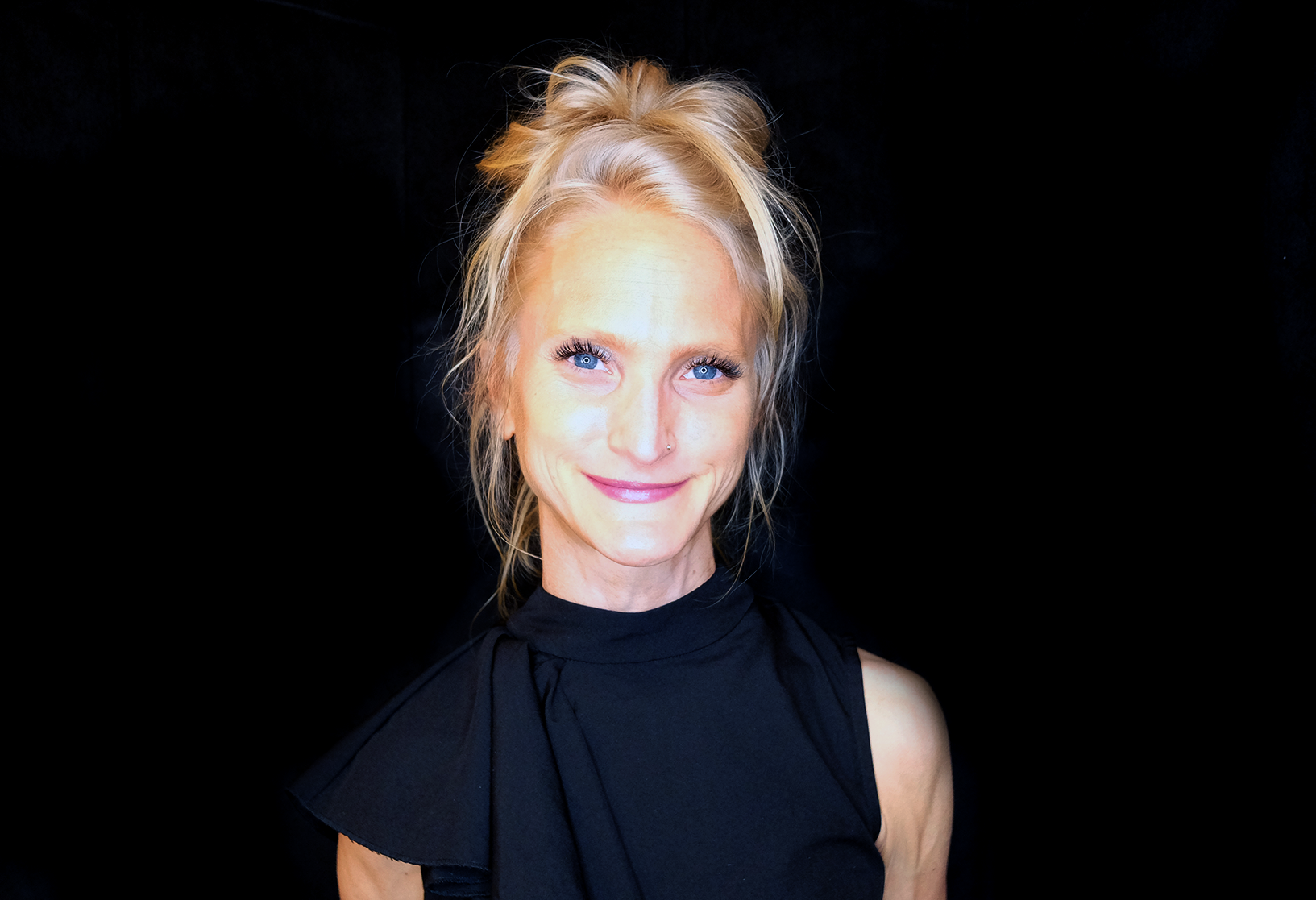There is a central question most YouTubers need to ask as they write, produce, and edit their videos: why would anyone keep watching this?
Marketers often use the term “curiosity gap” to speak about the kinds of intriguing headlines that present you with a piece of information that sparks a desire to learn more. While YouTube videos have headlines too—and you should absolutely fixate on what kind of curiosity gap your title and thumbnail creates—it’s also important to consider the curiosity gap throughout your video.
Here’s how, with examples:
How to establish a curiosity gap: The title and thumbnail
The curiosity gap starts with your title and thumbnail. Why would a viewer click on your video and what would they expect to watch? Some kinds of content have baked-in curiosity gaps: recipes (how can I make this?), reviews (what’s the verdict?), or tutorials (how do I do it?). Other times, the trigger for an audience’s curiosity can be a little less obvious. Here are a few title ideas to consider when crafting yours:
Ask questions
Question-based headlines should entice the viewer to want to answer a question they don’t have an answer to. Sometimes, it’ll be a question you never even realized you had, like “Why Don’t We Shoot Nuclear Waste Into Space?” The viewer is presented with a scenario (shooting nuclear waste into space), and probably left asking, “why can’t we do that?”
Also consider how the question might impact the viewer directly, like in Veritasium’s “What The Longest-Running Study on Happiness Reveals.”
Make declarations
A good declaration will usually raise a question. Consider the title that’s generated tens of millions of viewers for creators: “I’m Quitting YouTube.” The obvious response for a fan invested in a creator will be “Why?”
Or consider “1,000,000 Dominoes Falling is Oddly Satisfying” which both compels the viewer to wonder about the sheer scale of the declaration and ask “yes, but how satisfying?” This format also works well in news, where viewers will want to know the who, what, why, and where of what happened. Video essayists often take advantage of this format with provocative declarations like “X Ruined Cinema” or “Y is Dead.”
Describe missions and challenges
The obvious allure of a mission or a challenge is to see it play out. Like Simone Giertz’ “I Turned My Tesla Into a Pickup Truck” or Michelle Khare’s “I Tried Butler Academy.” These (usually) declarative statements leave viewers wanting to know more about how it all played out.
Structure your video as a list
A list is alluring because many viewers will innately be left wondering what’s on the list or how it’s ranked (This is the nuts and bolts of Buzzfeed’s success). Consider the appeal of “Top 10 Makeup Mistakes to Avoid” which also generates curiosity for those who might think they’re committing a crucial error.
That’s how to give someone enough of an information gap to make them click through to watch. Now that someone’s clicked on your video, how do you keep the interest?
⚖️ Do you have the best title and thumbnail? How to A/B test on YouTube for better video performance
How to maintain (and develop) a curiosity gap
Reiterate
In your introduction, it’s important to reiterate why a viewer clicked. In “I Turned My Tesla Into a Pickup Truck,” Simone Giertz explains she really wants an electric pickup truck and admits it might be a terrible idea—all in the first 10 seconds. It may seem simple, but viewers have been so scorned by clickbait headlines that skipping this kind of affirmation might lose them entirely.
It’s also common for channels to think of titles and thumbnails long after writing, ending up with something with little bearing to the channel’s content. Creators should avoid this at all costs—you don’t want to make your reader feel cheated.
Cold opens
You can also spark your audience’s interest with a cold open. At its most basic, a cold open is an introduction that doesn’t outright tell you what the piece is about; instead it hooks you with a story, a soundbite, or a scene that relates to the theme of the piece and brings you around to the main point at the end. Consider the styled cold-open/intro hybrid of The Editing Podcast, for instance.
🎙 Read more: How to write a cold open that will hook listeners from the start
Signpost
If your viewer doesn’t fully understand why they’re watching and what (vaguely) might come next, they’ll probably tune out. Viewers should at all times understand where a video is heading in a way that leaves a little bit of mystery. Signposting just means telling the viewers about what’s to come (I’m building a truck, I came across a problem I had to solve, etc.) Giertz’ pickup truck video lays out her plan to build her truck at around 1 minute. At each step, the video establishes where Giertz is in the journey and what obstacles she faces (from buying the car, to getting it in the shop, and so on.)
Develop
Once a curiosity gap is established, it needs to be developed. For informative content, any questions answered should beget more questions. Kurzgesagt quickly tells viewers that shooting nuclear waste into space is a terrible idea, but teases that it “gets worse the longer you think about it.”
You can also present information and then complicate the viewer’s understanding of it. For mission or challenge-based content, obstacles to achieve the goal make the journey to the ending point more interesting (we all know Giertz builds the pickup truck, but how did she pull it off?).
Making sure there’s a natural escalation to your content is also helpful for keeping interest. Put bluntly, if you tell me the most mind-blowing thing I’ve ever heard and then proceed to tell me otherwise mildly interesting things, they’re all going to seem boring. The Fast and Furious franchise doesn’t go into space until the ninth installment—imagine how lackluster the other antics would seem if they went to space in the first movie?
What makes a bad curiosity gap?
The phrase “curiosity gap” became strongly associated in the teens with the headlines of Upworthy (“9 Out Of 10 Americans Are Completely Wrong About This Mind-Blowing Fact”). If you haven’t seen an Upworthy headline in a while, there’s a good reason.
The company imploded because of changes to the Facebook algorithm, but even before then many people soured over the clickbait headlines and their emotionally manipulative nature. Don’t be like Upworthy.
The YouTube algorithm tries to discourage clickbait that leaves viewers disappointed. One of the main ways they do this is through watch time. If you have a high clickthrough rate and low watch time, your video probably won’t reach many viewers.
Here are other common problems in establishing a curiosity gap:
Being too vague
Consider the title “This Will Change Everything.” On its own, it doesn’t mean a whole lot, and probably doesn’t conjure a lot in your imagination. It’s too vague.
But if you paired it with a thumbnail of some new AI product (that will in fact change everything), it suddenly becomes something tangible that a viewer can grasp.
Being too cliché
Creators who find good thumbnail and title formats will (rightly) try to replicate them. This can work for a time, but it will eventually become stale and cliché.
Likewise, if your curiosity gap is constantly being used by other creators, viewers will have already or will become desensitized to it. “$1 vs $1000 [Product]” might generate lots of views for a while, but eventually the format will burn itself out.
Being too obvious
Curiosity gaps often raise questions, but not every question is interesting. “Why Democracy is the Best Form of Government” will probably not get a lot of clicks if you live in a society where everyone agrees with this sentiment. But “The REAL Reason Democracy is the Best Form of Government” might make me think I’ve missed something, and send me clicking to learn more.
While this might help you think about curiosity gaps, there’s no shortcut for good editorial judgment. It’s ultimately up to a creator to figure out what’s interesting and worth sharing.



































